Home>Garden Essentials>What Are The Round Balls Of Greenery On Trees In Winter
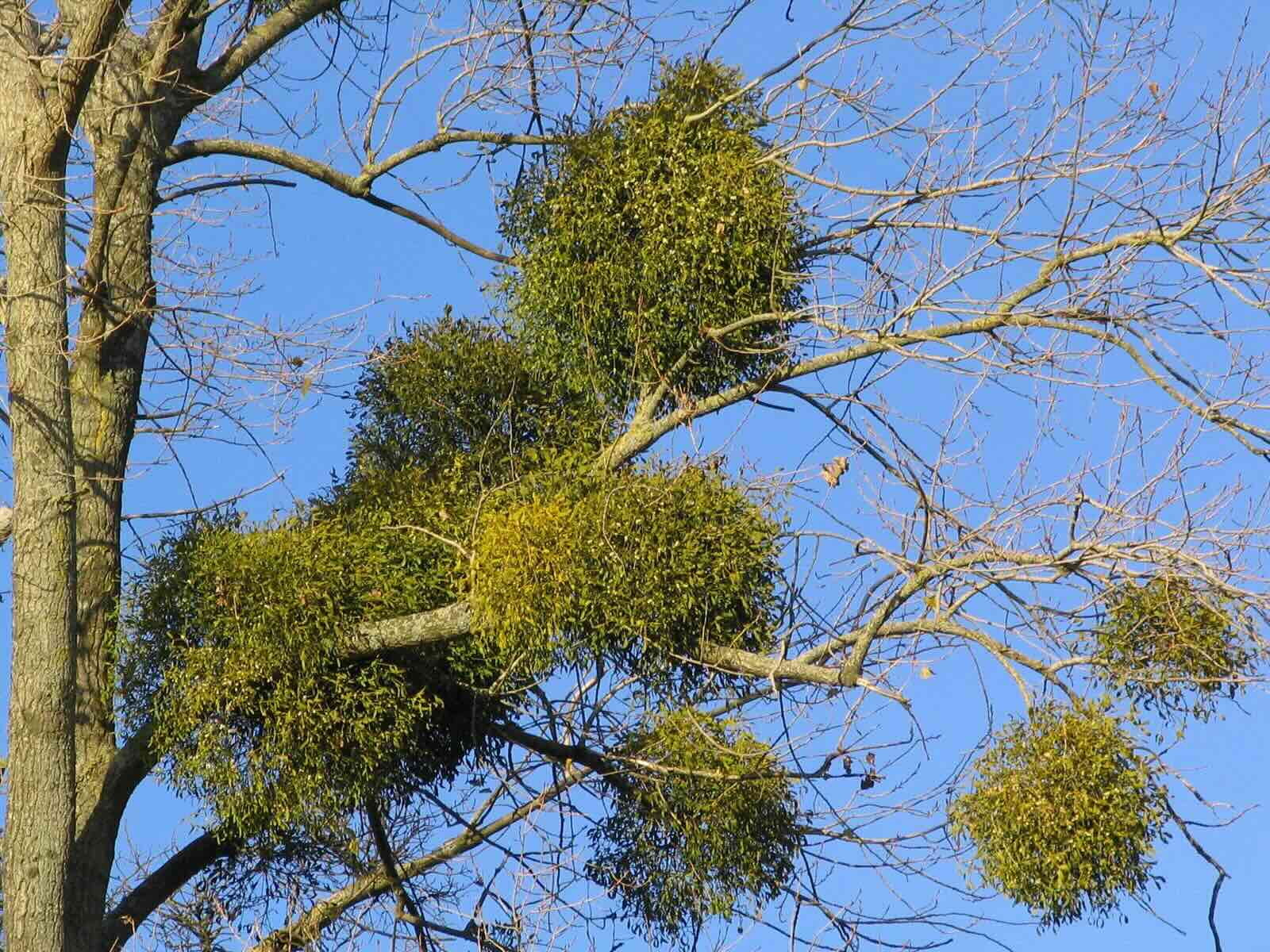

Garden Essentials
What Are The Round Balls Of Greenery On Trees In Winter
Modified: May 6, 2024
Discover the purpose of those charming round balls of greenery in trees during winter. Learn how to incorporate them into your garden and add a touch of natural beauty.
(Many of the links in this article redirect to a specific reviewed product. Your purchase of these products through affiliate links helps to generate commission for Storables.com, at no extra cost. Learn more)
Introduction
As winter sets in and the leaves fall from the trees, you may notice peculiar round balls of greenery clinging to the branches. These fascinating structures, known as round balls of greenery in trees, have captivated the curiosity of both garden enthusiasts and nature lovers alike. What exactly are these mysterious formations, and what purpose do they serve?
In this article, we will delve into the intriguing world of round balls of greenery in trees during winter. We will explore why these formations occur, the different types you might encounter, the role they play in tree survival, how they are formed, and the factors that influence their appearance. So, let’s embark on this journey of discovery and unravel the secrets of these captivating tree adornments.
Key Takeaways:
- Certain trees keep dead leaves in winter, forming round balls of greenery. This helps protect buds, deter animals, and recycle nutrients, showcasing nature’s resilience and adaptability.
- Not all trees have round balls of greenery in winter. Factors like tree species, health, and environment influence their appearance. They add beauty and serve important roles in tree survival.
Read more: What Greenery Will Grow In Winter
Why do trees have round balls of greenery in winter?
It is a common misconception that trees are devoid of foliage in the winter months. However, those round balls of greenery you see hanging from the branches tell a different story. These structures, often mistaken for abnormal growths or even a sign of disease, are actually a natural phenomenon known as marcescent leaves.
Marcescence is the retention of dead or withered leaves on deciduous trees during winter. While most trees shed their leaves in autumn as a survival strategy to conserve energy and protect against harsh weather conditions, certain species, such as oak, beech, hornbeam, and witch hazel, exhibit marcescence. The remaining dead leaves typically form the round balls of greenery that adorn the branches.
The exact reason behind marcescence is still a subject of debate among scientists, but several theories have been proposed. One theory suggests that marcescent leaves act as a protective layer, shielding the delicate buds from desiccation and extreme temperatures. By remaining attached to the tree, these leaves provide an extra layer of insulation and reduce the risk of frost damage.
Another theory proposes that marcescent leaves serve as a deterrent to herbivores. In winter, food sources become scarce for animals, and the presence of these persistent leaves may dissuade browsing animals from targeting the buds and new growth. The dead leaves are less palatable and can act as a physical barrier, deterring herbivores from feeding on the tree.
Additionally, marcescent leaves may have a role in nutrient cycling. As the leaves gradually decompose on the branches, they release valuable nutrients back into the soil, replenishing the tree’s nutrient reserves for the following growing season.
It’s important to note that not all trees exhibit marcescence, with some species losing their leaves entirely in winter. The occurrence of round balls of greenery in trees adds an intriguing dimension to the winter landscape, reminding us of the diversity and adaptability of nature.
Types of round balls of greenery in trees
When it comes to round balls of greenery in trees, there is a variety of forms and appearances you might encounter. While the overall structure remains consistent, the specific characteristics can vary based on tree species and individual tree health. Here are some common types of round balls of greenery you may come across:
- Persistent leaves: This type of round ball of greenery consists of dead leaves that have not completely withered or fallen off the tree. The leaves may retain some of their green color or a faded brown hue, giving the round ball a mix of green and brown tones.
- Buds: In some instances, the round balls of greenery may not contain any leaves but rather tightly packed buds. These buds are the dormant growth points of the tree, waiting for the arrival of spring to burst into life.
- Foliage clusters: Certain trees, such as beech trees, may exhibit round balls of greenery that appear as clusters of dead leaves. These clusters can range in size and density, creating a striking visual effect against the bare branches.
- Carpeting effect: In some tree species, particularly oaks, the round balls of greenery may be scattered across the branches, creating a carpet-like appearance. The dead leaves densely cover the branches, giving the impression of a continuous sheet of greenery.
It’s important to note that the specific type of round ball of greenery you observe will depend on the tree species and other environmental factors. Each tree has its own unique way of displaying marcescence, adding to the beauty and intrigue of these winter adornments.
The role of round balls of greenery in tree survival during winter
While the presence of round balls of greenery in trees during winter may seem like a mere aesthetic curiosity, these structures actually serve a vital role in the survival of the tree. Let’s explore the different ways in which these round balls contribute to tree resilience during the harsh winter months:
- Protection: The marcescent leaves or buds that make up the round balls act as a protective layer for the delicate buds and new growth. By remaining attached to the branches, they provide insulation against cold temperatures, strong winds, and frost. This protection helps safeguard the vital reproductive structures of the tree, ensuring successful bud burst and leaf development in the following spring.
- Predator deterrence: The retention of dead leaves on the tree can deter herbivores and browsing animals from feeding on the tender buds and new growth. The texture, taste, and reduced nutritional value of the marcescent leaves make them less desirable to animals seeking food during the winter months. This predator deterrence allows the tree to conserve energy and resources to support growth when more favorable conditions return.
- Nutrient cycling: As the marcescent leaves gradually decompose on the branches, they release valuable nutrients back into the soil. These nutrients are then available for uptake by the tree’s roots, replenishing the nutrient reserves and supporting healthy growth in the next growing season. The recycling of nutrients through the decomposition of marcescent leaves helps maintain the tree’s overall vitality and resilience.
- Moisture retention: The retention of dead leaves on the branches can help retain moisture in the surrounding environment. As the dead leaves slowly decompose, they create a microclimate around the tree that retains moisture and provides a more favorable habitat for organisms such as fungi, mosses, and lichens. This moisture retention can be beneficial for the tree’s root system, especially in areas with low winter precipitation.
Overall, the presence of round balls of greenery in trees serves as a survival strategy, allowing the tree to withstand the challenging conditions of winter and emerge resilient and ready for new growth in the springtime.
Those round balls of greenery in trees in winter are most likely mistletoe. Mistletoe is a parasitic plant that grows on tree branches and stays green throughout the winter. It is often associated with holiday traditions and can be harvested for decorations. Be cautious when harvesting mistletoe, as some species can be toxic.
How do round balls of greenery form in trees?
The formation of round balls of greenery in trees during winter is a fascinating process that involves various factors. While the exact mechanisms can vary depending on the tree species, here is a general overview of how these structures form:
1. Leaf retention: Trees that exhibit marcescence retain their dead or withered leaves instead of shedding them in autumn. This retention can occur due to genetic factors, environmental conditions, or a combination of both.
2. Leaf attachment: The dead leaves remain attached to the branches due to specialized leaf structures, such as persistent petioles or abscission layers. These mechanisms prevent the leaves from easily detaching and falling off the tree.
3. Dehydration: As winter progresses and temperatures drop, the moisture content within the marcescent leaves decreases. This dehydration causes the leaves to dry out and wither while remaining attached to the branches.
4. Formation of round balls: The combination of leaf retention and dehydration leads to the formation of round balls of greenery. The dead leaves, tightly clustered together, create the distinctive spherical or rounded shape that characterizes these structures.
It’s important to note that the appearance of round balls of greenery can vary not only based on tree species but also on individual tree health and environmental conditions. Factors such as tree nutrition, water availability, and temperature fluctuations can influence the size, density, and coloration of the round balls of greenery.
While the precise mechanisms driving marcescence and round ball formation are still not fully understood, it is believed to be a combination of genetic traits, environmental cues, and hormonal signaling within the tree. These factors work together to create the unique spectacle of round balls of greenery in trees during the winter months.
Read more: How To View Greenery During Winter
Factors influencing the formation and appearance of round balls of greenery
The formation and appearance of round balls of greenery in trees during winter are influenced by a variety of factors. These factors can vary from tree to tree and can determine the size, density, and overall appearance of the round balls. Here are some key factors that play a role in shaping these intriguing structures:
- Tree species: Different tree species exhibit varying levels of marcescence, with some being more prone to retaining their dead leaves than others. This variation can result in different types of round balls of greenery and their unique characteristics.
- Individual tree health: The overall health and vigor of the tree can affect the formation of round balls of greenery. Trees that are stressed or weakened due to factors such as drought, disease, or nutrient deficiencies may have fewer or smaller round balls.
- Environmental conditions: Climate, temperature, and light availability can influence the occurrence and appearance of round balls of greenery. Trees growing in colder climates or exposed to prolonged periods of cold temperatures are more likely to exhibit marcescence. Similarly, trees growing in areas with low light conditions may have round balls with a different color or density.
- Genetic factors: Genetic traits within the tree species can contribute to the propensity for marcescence. Certain tree populations may have a higher prevalence of round balls of greenery due to specific genetic characteristics that influence leaf retention.
- Age of the tree: Younger trees may exhibit fewer round balls of greenery compared to older, more mature trees. As trees age and develop, they tend to have a greater capacity for marcescence and may display more prominent round balls.
It’s important to note that while these factors can influence the formation and appearance of round balls of greenery, there is still much to learn about the complex interplay between genetics, environment, and physiology. Each tree species and individual tree may have its own unique combination of factors that contribute to the specific characteristics of the round balls of greenery.
Observing and studying the round balls of greenery in trees can provide valuable insights into the adaptability and resilience of trees in the face of changing seasons and environmental conditions. It serves as a reminder of the intricate connections between nature and the factors that shape its beauty.
Frequently Asked Questions about Round Balls of Greenery in Trees in Winter
1. Are round balls of greenery in trees a sign of disease?
No, round balls of greenery in trees during winter are not indicative of disease. They are a natural phenomenon known as marcescence, where dead leaves or buds remain attached to the branches. It is a survival strategy employed by certain tree species.
2. Which trees commonly exhibit marcescence and round balls of greenery?
Common tree species known for marcescence and round balls of greenery include oak, beech, hornbeam, and witch hazel. However, keep in mind that not all individuals of these species will display marcescence, as factors such as health and environmental conditions can influence the occurrence.
3. Why do some trees shed their leaves entirely while others retain them?
Leaf shedding or retention is influenced by various factors, including tree species, genetic traits, environmental conditions, and individual tree health. Trees that retain their leaves, like those displaying round balls of greenery, may do so for protection, herbivore deterrent, or nutrient cycling purposes.
4. Do animals eat the dead leaves in round balls of greenery?
While some browsing animals may feed on the marcescent leaves, they are generally less palatable and provide less nutritional value compared to fresh foliage. The presence of dead leaves can act as a deterrent and protect the buds and new growth from excessive herbivory during the winter months.
5. Will the round balls of greenery eventually fall off the tree?
Yes, over time, the round balls of greenery will eventually fall off the tree as the dead leaves continue to decay and weaken their attachment. The timing of leaf drop can vary depending on environmental factors, tree species, and individual tree health.
6. Can I remove the round balls of greenery from my tree?
It is generally best to leave the round balls of greenery undisturbed on the tree. They serve important roles in protecting buds, deterring herbivores, and cycling nutrients. If you find them aesthetically unappealing, you can wait until spring when the tree leafs out again, and the round balls will naturally fall off.
7. Are there any benefits to round balls of greenery in trees?
Yes, round balls of greenery in trees provide several benefits. They protect delicate buds, deter herbivores, aid in nutrient cycling, and retain moisture in the surrounding environment. They also add visual interest to the winter landscape, showcasing the unique adaptations of trees.
8. Do all trees exhibit round balls of greenery?
No, not all trees exhibit round balls of greenery. Marcescence is more commonly observed in certain tree species, while others shed their leaves entirely. The occurrence of round balls of greenery adds to the diverse characteristics and behavior exhibited by different trees.
Remember, if you have any specific concerns about the round balls of greenery in your trees, it is recommended to consult with a qualified arborist or tree care professional for a proper assessment and advice.
Conclusion
The round balls of greenery in trees during winter offer a fascinating glimpse into the resilience and adaptability of nature. These structures, known as marcescent leaves, are not abnormalities or signs of disease but rather a natural phenomenon displayed by certain tree species.
Marcescence serves multiple purposes, from protecting delicate buds and deterring herbivores to aiding in nutrient cycling and moisture retention. The specific appearance and characteristics of the round balls of greenery can vary based on tree species, individual tree health, and environmental conditions. From persistent leaves and bud clusters to carpet-like foliage, each tree displays its own unique interpretation of marcescence.
As we enjoy the beauty of round balls of greenery in trees during winter, it’s important to appreciate the complex interplay between genetics, environment, and physiological processes that contribute to their formation. These structures remind us of the intricate mechanisms employed by trees to survive in challenging conditions.
So, the next time you encounter round balls of greenery adorning trees during the winter months, take a moment to marvel at their purposeful existence. They symbolize the strength and tenacity of trees, bridging the gap between seasons and reminding us of the wonders of the natural world.
Curious how to spruce up your outdoor space after learning about those intriguing round balls of greenery? Why not extend that fascination with nature into designing your garden's boundaries with flair? Check out our collection of creative garden fence ideas, perfect for any landscaping project. These designs not only secure and beautify your garden but also complement the natural elements around, making your outdoor space a true haven.
Frequently Asked Questions about What Are The Round Balls Of Greenery On Trees In Winter
Was this page helpful?
At Storables.com, we guarantee accurate and reliable information. Our content, validated by Expert Board Contributors, is crafted following stringent Editorial Policies. We're committed to providing you with well-researched, expert-backed insights for all your informational needs.
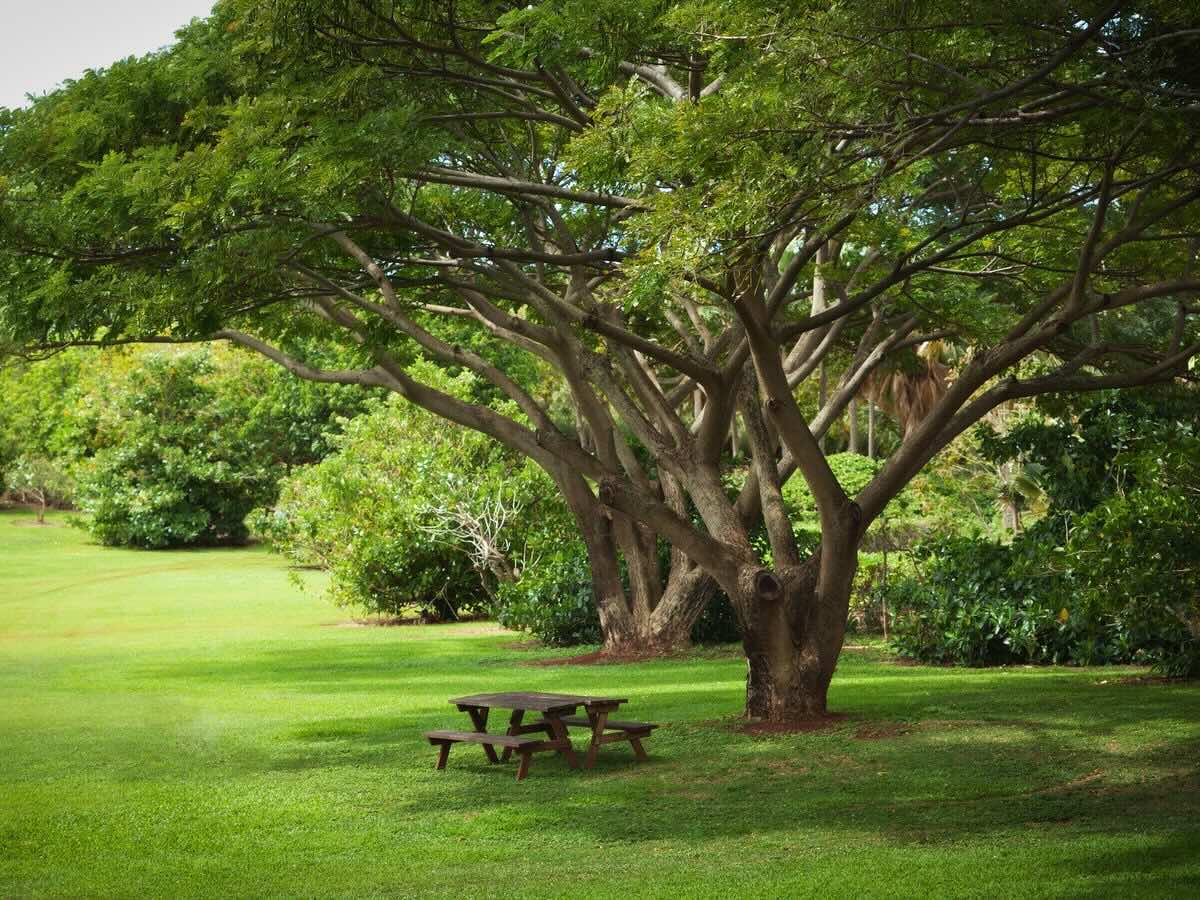


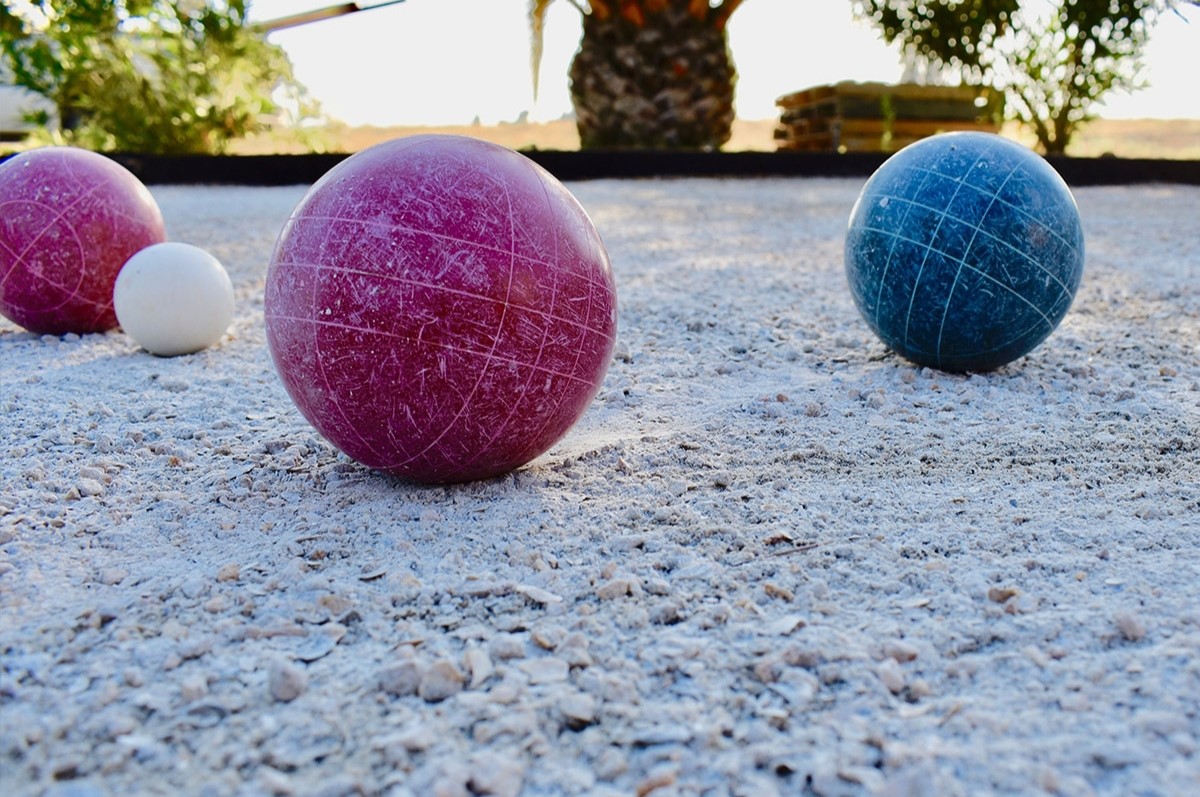
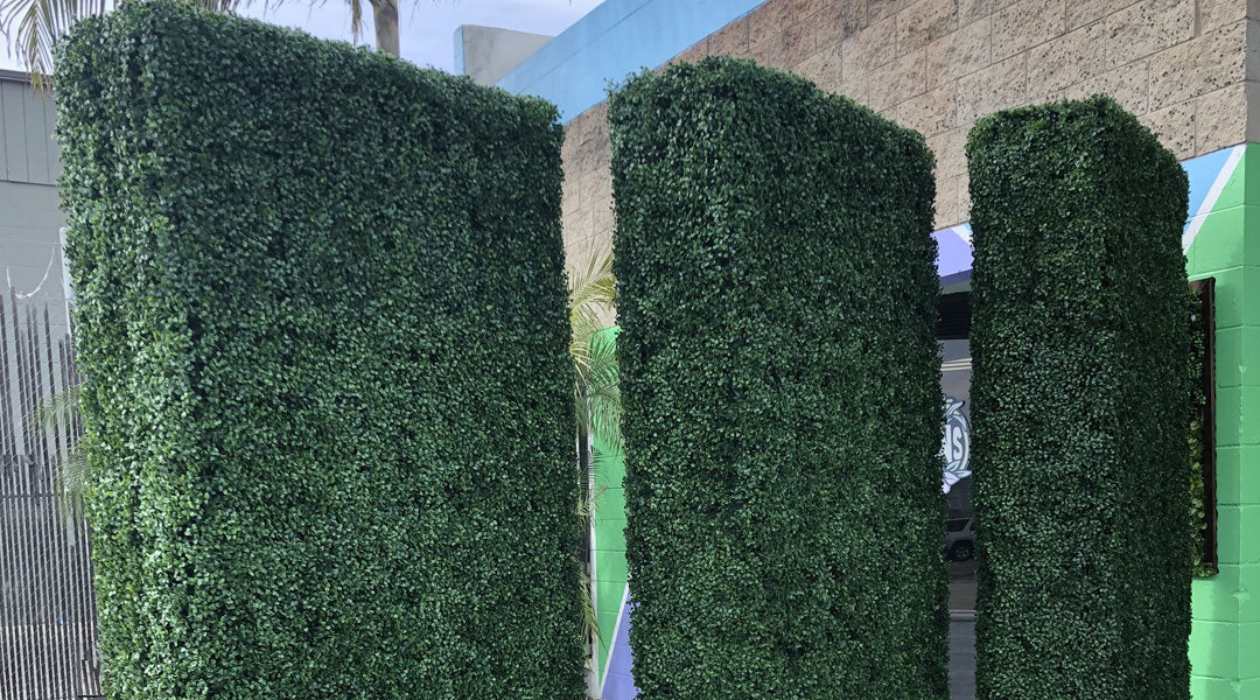
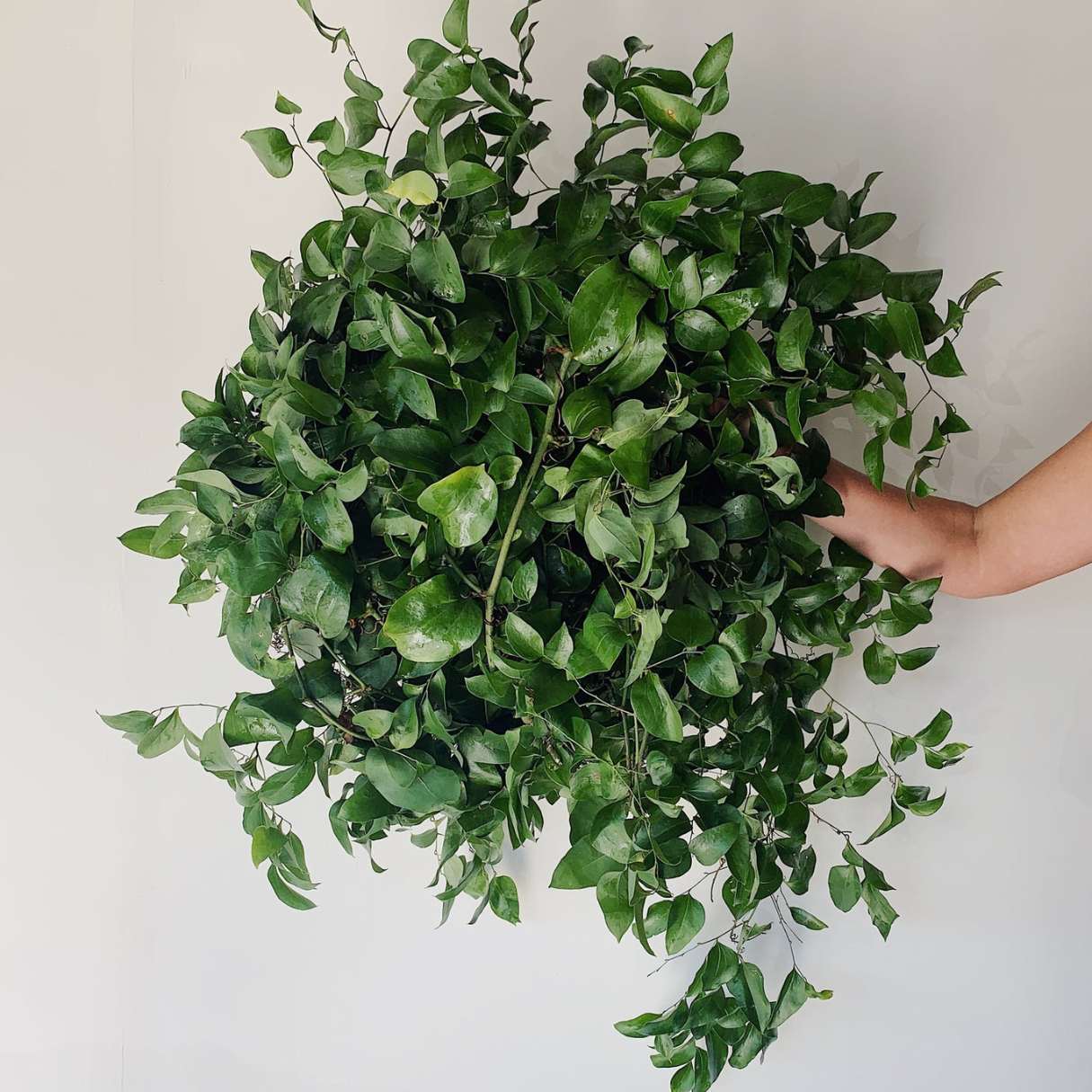



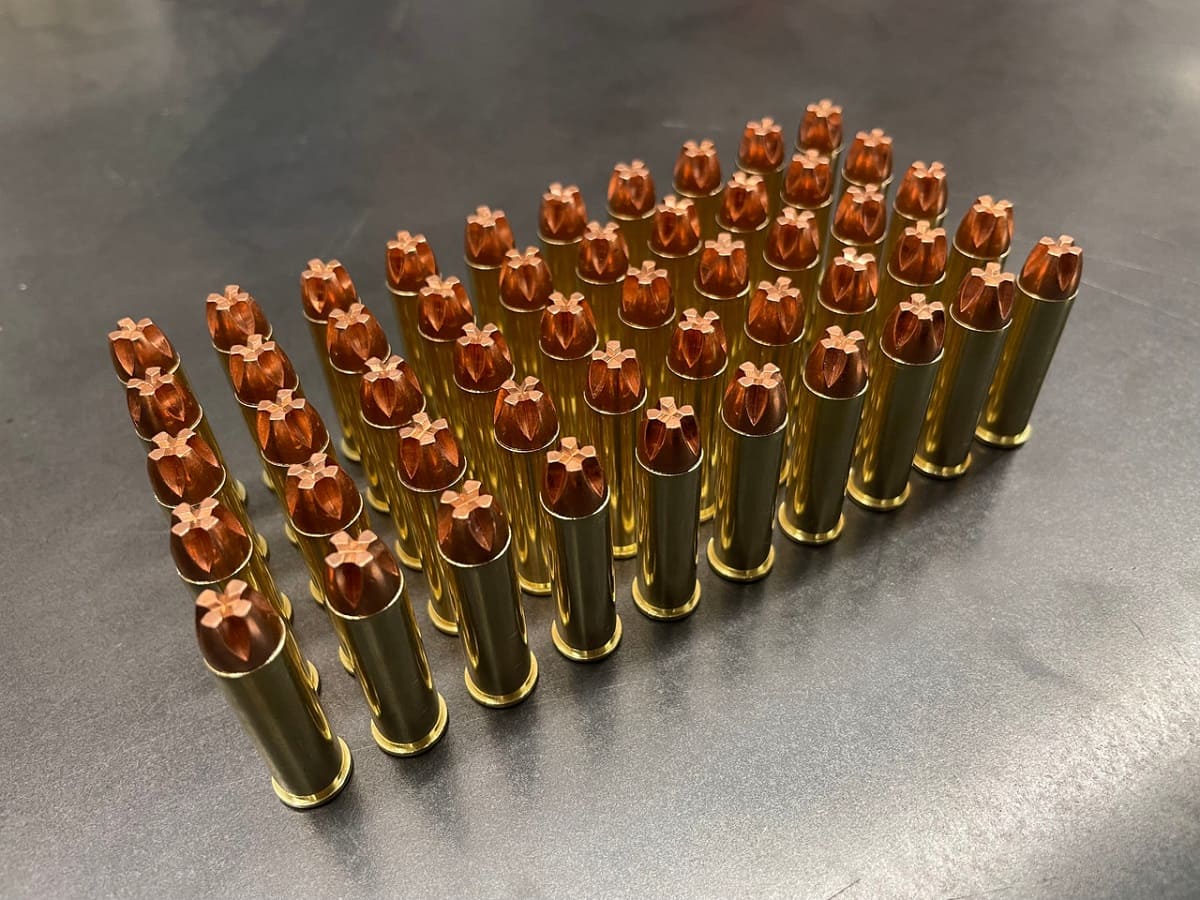





0 thoughts on “What Are The Round Balls Of Greenery On Trees In Winter”